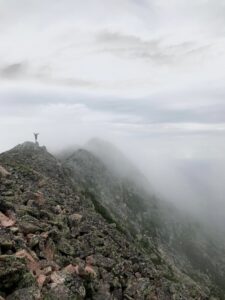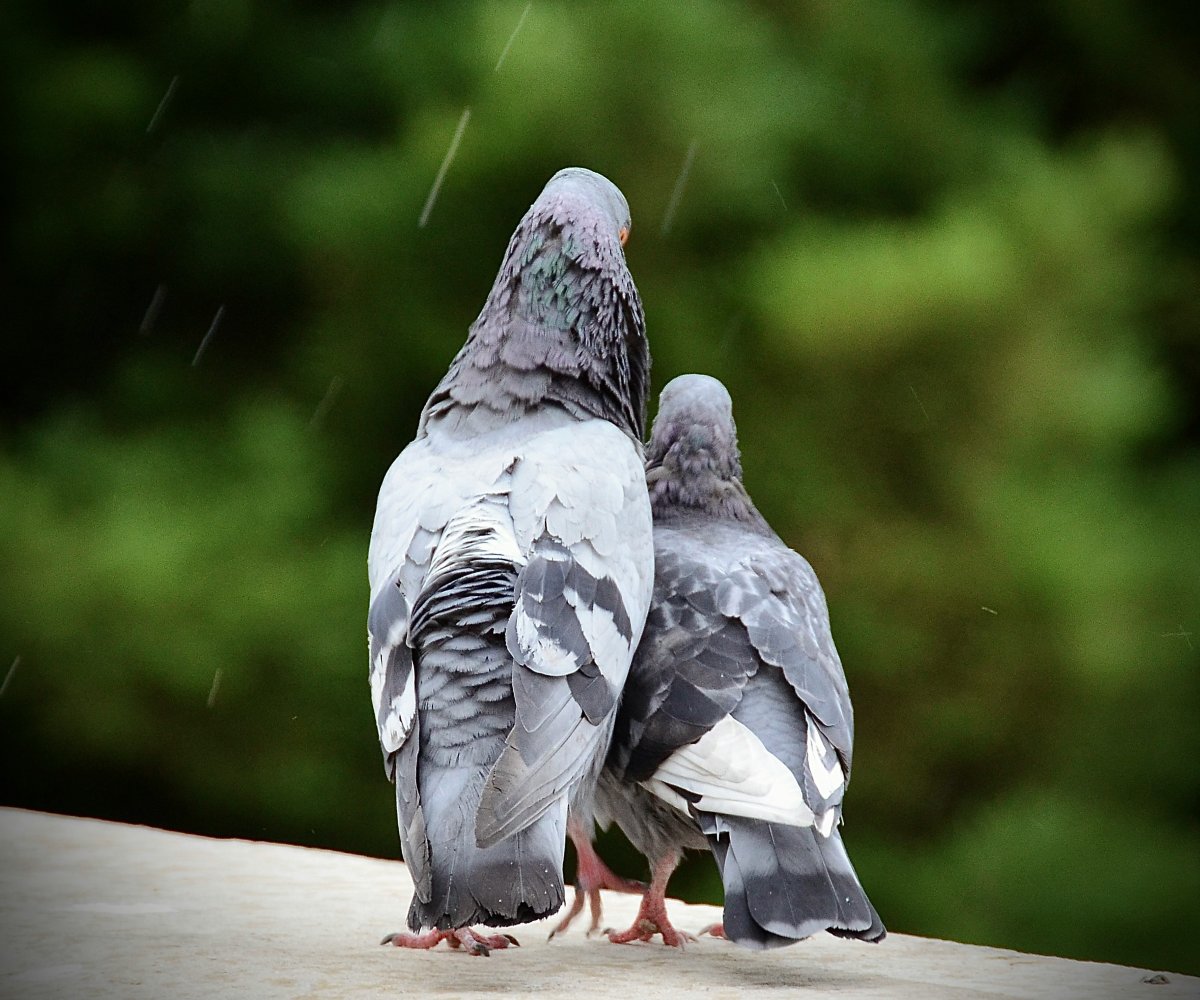Of all the kinds of exercise you can do, hiking is praised for its innumerable benefits. On a physical level, you can increase stamina, build bone density and strengthen muscles. But the mental perks are even better. Studies show that hiking can help manage anxiety and depression. There’s healing in fresh air, taking in the views and simply being present. The endorphins your body releases are called “nature’s painkillers” by some lovers of the outdoors.
Not all hiking trails are created equal. Some of the most challenging ones are known for having steep inclines and rock scrambles, which demand the use of all four limbs. Knowing where to put your hands and feet and how to distribute your weight is key to preventing injury. If you can get the hang of that, you’ll reap the benefits for years to come.
Here are 5 of the most challenging hikes you can do in the U.S.
Knife Edge Trail - Maine
Hikers from all over travel to the state of Maine to hike Knife Edge Trail on Mount Katahdin.
Intrepid adventurers should be in excellent physical shape for the trail. It’s difficulty level means that this is not for the faint of heart, children should stay behind and dogs, who are so good on hikes, should avoid this one.
Knife Edge Trail is not the longest hike, coming in at 1.1 miles, but with elevation gains and inclement weather, it should be reserved for hikers would a good amount of experience.
Angel's Landing- Utah
View this post on Instagram
Three adjectives describe Angel’s Landing in Zion National Park: breathtaking, iconic and deadly.
“Deadly” refers to the narrow ridge you have to carefully traverse by holding chains. Your life depends on it, and that’s no exaggeration.
Save the photo- taking for when you’re safely at the top. And remember that coming down from the ridge is just as dangerous as going up.
If you’re the kind of person who freezes when afraid, or quivers when looking down from heights, skip this one.
Glacier National Park- Montana
View this post on Instagram
The National Park Service calls this park “a showcase of melting glaciers, alpine meadows, carved valleys, and spectacular lakes.”
There are 700 miles of trails.
Unfortunately, climate change is causing the glaciers “to melt at nearly two times the global average.” Climate change has also sparked wildfires in some areas of the park.
At least four people have fallen to their deaths in recent years according to CNN. Two of them were expert climbers.
The tallest peak in the park is Mount Cleveland which is 10,466 feet. Whew!
Grand Canyon National Park-Arizona
View this post on Instagram
As recently as August 27, a hiker fell to his death in this park. Sadly, that wasn’t the first time and it won’t be the last.
The popular Bright Angel Trail offers fantastic views. While all of the trails are challenging in their own way, the one at the top of the list is probably Nankoweap Trail.
According to Travel Channel, “the trail comes within inches of hundreds-of-feet plunges. It has the highest drop of all the rim-to-river trails at 5,640 vertical feet and is suicidal to attempt in the searing summer months.”
Please make sure you know what you’re doing, and oh yes, good luck with cell phone reception.
Mount San Antonio- California
View this post on Instagram
This southern California mountain is a beast and it’s also called Mount Baldy.
This demands experience and adequate equipment.
The mountain is 10,064 feet and the trail to the summit is 11 miles. Make sure to dress properly for the weather.
Some hikers have died or injured themselves because of extreme cold (or heat), slippery slopes and falls.
Only In Your State notes, “in the summer of 2020, a family of 11 hikers was rescued off the mountain after getting lost and suffering from dehydration.”






